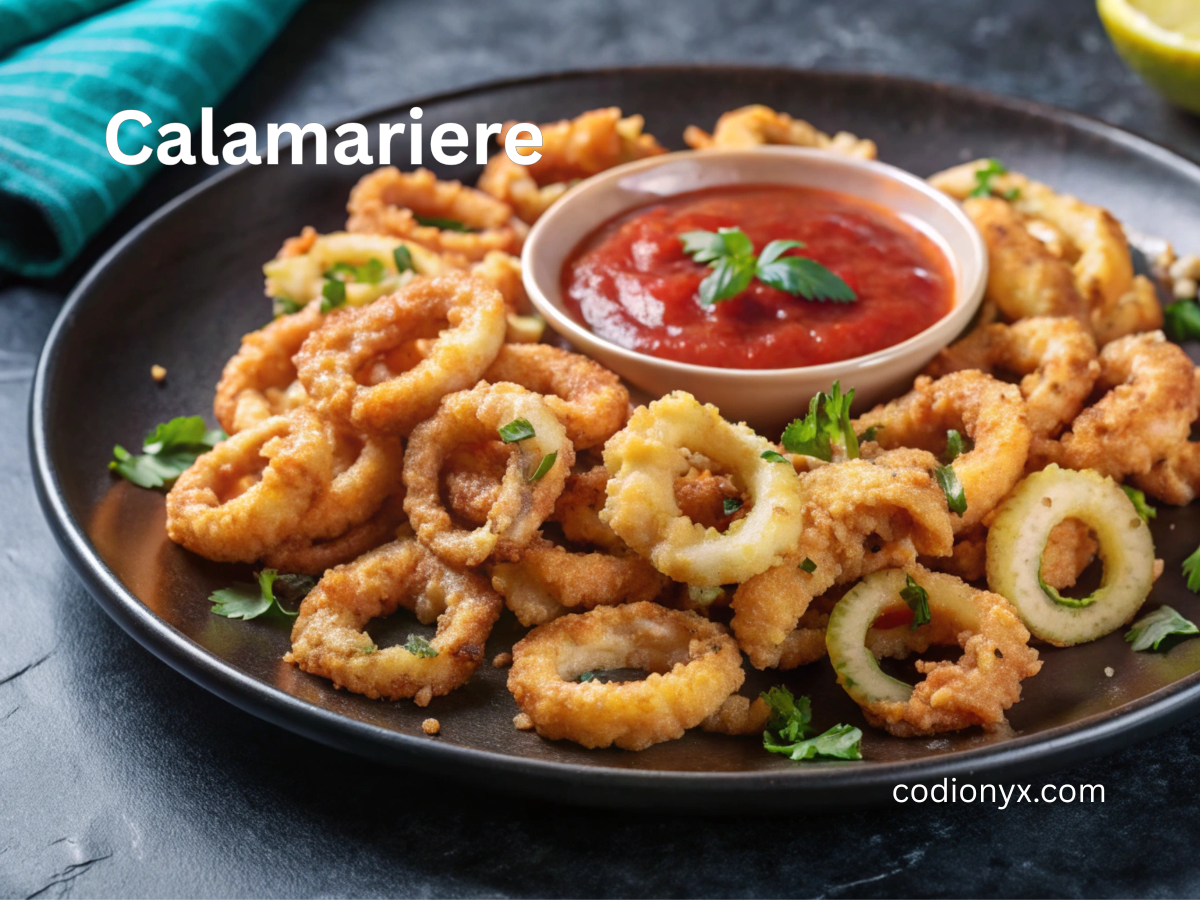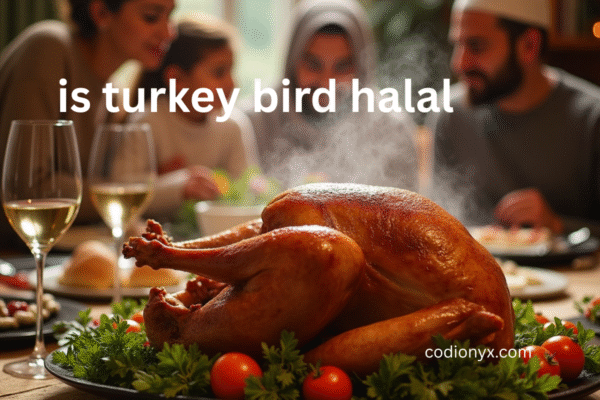Introduction
The word “calamariere” may sound strange, even alien, but in Italian coastal cuisine, it refers to the nexus of craftsmanship, food, and culture. A calamariere, which comes from the Italian word for squid, calamari, with the artisan suffix “iere,” designates a dish as well as a specialist: a person who is extremely knowledgeable about preparing and serving squid. This position represents custom, respect, and the sensory rite of appreciating the abundance of the sea.
The contemporary calamariere in the Ligurian fishing village of Camogli goes beyond the kitchen into ritual, serving straightforward grilled squid with just lemon, sea salt, and a family tale spoken in between dishes. The outcome is more than just a meal—it’s a memory.
Origins & Development: Early Roles and Etymology from Beach to Table
The name, which combines the words “calamaro” (squid) and “iere,” suggests a profession, such as cavaliere or sommelier. Fishers, chefs, or vendor workers who specialize in squid recipes were historically known to as coastal seafood gurus.
Cultural Importance
From Tuscany to Sicily, squid was a common food for family dinners and celebrations throughout the Italian coast. As the technique of properly cooking or serving it developed, the calamariere gained recognition as a culinary storyteller.
The phrase is still used today to emphasize authenticity and skill in fine dining kitchens, food markets, and culinary branding.
Also Read:https://codionyx.com/justin-timberlake-toxicology/
Calamariere: What Is It Now? Two Definitions of a Culinary Expert
The calamariere in high-end restaurants may be the squid-savvy chef or waiter, choosing the best squid, perfecting cooking methods, matching sauces and wines, and presenting the dish in an exquisite manner.
A Ritual & Dish
Eating “in calamariere” in Liguria entails embracing impromptu—the seafood varies according on the tide, menus are handwritten, and supper may begin with poetry, citrus water, or quiet presence before to the main dish.
Common Methods & Preparations
Fried Calamariere: These traditional rings are deep-fried for one to two minutes at 350 to 375°F after being covered in seasoned flour or light batter. The secret is a crispy outside, a soft inside, and little oil. Serve with garlic aioli or lemon wedges.
Calamariere grilled
grilled until golden after being briefly marinated in olive oil, garlic, lemon, and oregano. Perfect for Mediterranean-style eating, it’s quick, fresh, and retains nutrients.
Stuffed or Sautéed Types
Smaller rings or entire squid packed with rice or breadcrumbs, or mixed with vegetables and herbs in a heated skillet. frequently concluded with lemon or wine. Rubbery texture can be avoided by cooking gently.
Sustainability and Health
Benefits of Nutrition
Lean protein high in omega-3 fatty acids, phosphorus, selenium, and vitamin B12 is squid. Naturally low in calories and fat, especially when air-fried or grilled.
Sustainable Seafood
Because they reproduce quickly, squid are typically sustainable. Selecting certified, in-season, and locally grown squid also lessens its impact on the environment.
Ritual and Respect in the Calamariere Experience
Slowness in navigating the menu
Calamariere eating is not based on menus. The food changes depending on what was caught. Eating becomes a means of connection through the ritual—hand washing, storytelling, and quiet.
Being Emotionally Present
Calamariere dining, in the words of anthropologist Dr. Ricarda Lucchesi, is about “the sacred ordinary”—raising commonplace cuisine to a level of veneration within the community.
Contemporary Opposition to Globalization
Calamariere cuisine provides tactile tradition and authenticity in the midst of fusion fatigue, serving as a reminder that food is memory rather than fad.
Ingredients and Equipment for Making Calamariere at Home
Clean and sliced fresh squid
Grilling implements or high-heat oil
Herbs: oregano, garlic, and parsley
Pepper, lemon, and sea salt
Tools: air fryer (optional), wire rack, shears, tongs, and thermometer
Procedures
Give the squid a good cleaning and rinsing.
Select from grilling, sautéing, or frying.
Pay close attention to timing—1–3 minutes, depending on the cut.
Serve right away with simple seasoning.
Expert Advice
To avoid harshness, don’t overcook.
marinate for 20 to 30 minutes at most.
Grill on high heat; Fry: oil at 350–375°F.
For gluten-free variants made with rice or chickpea flour, use lighter coatings.
Relevance to Culture and Contemporary Revival
Calamariere is now more than just a meal; it’s a culinary narrative. Upmarket eateries, local farmers, and coastal chefs all continue to respect history while utilizing contemporary methods.
By bringing the calamariere into contemporary dining tales, women, younger chefs, and hospitality colleges can all contribute to the revival of the role.
Conclusion
In contemporary food culture, calamariere—whether the skill of mastering squid or the one who performs it—represents a unique combination of ceremony, humility, and sincerity. By providing rooted food, connection, and sensory memory, it defies spectacle and cultural dilution.
We respect time and tradition by appreciating the abundance of the water. Calamariere is the epitome of Mediterranean culinary memory—taste combined with respect, whether in a Ligurian harbor or in a home kitchen.
FAQs
Q1: What is meant by “calamariere”?
It may refer to a sophisticated squid dish or, more traditionally in Italy, to a chef who specializes in preparing and serving calamari.
Q2: What distinguishes calamari from calamariere?
The squid itself is called calamari. The term “calamariere” describes a culinary custom, practice, or group of talented people who cook and serve it.
Q3: How are calamariere often prepared?
Whether fried, grilled, sautéed, or stuffed, they are frequently served with citrus or aioli and require little seasoning and quick cooking times.
Q4: Is it sustainable and healthful?
Yes, squid is nutrient-dense, lean, and sustainable in general. Use techniques like grilling or air-frying and select seasonal and local ingredients.
Q5: Where is the highest prevalence of calamariere?
Mediterranean coastal areas, including Italy—particularly Liguria, Sicily, and Naples—and more and more restaurants around the world that specialize in seafood.











